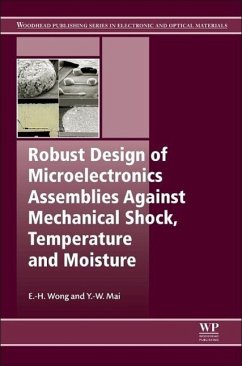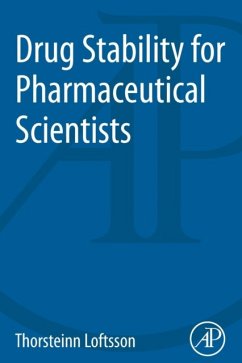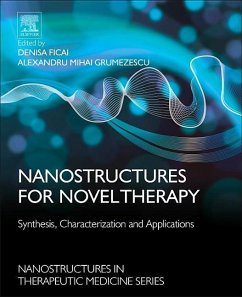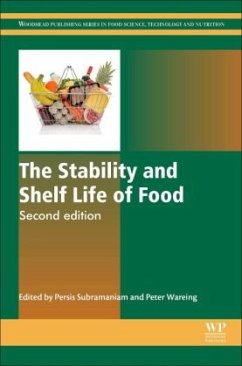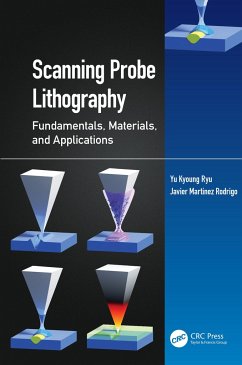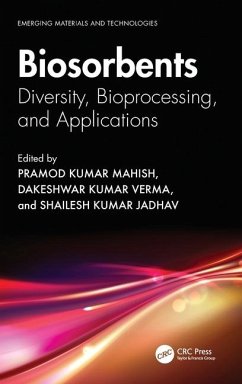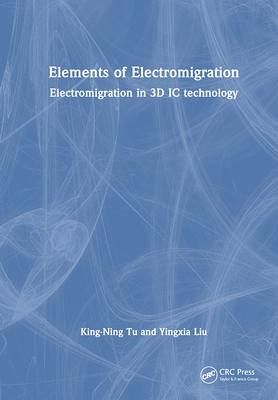
Elements of Electromigration
Electromigration in 3D IC technology
Versandkostenfrei!
Versandfertig in 6-10 Tagen
91,99 €
inkl. MwSt.
Weitere Ausgaben:

PAYBACK Punkte
46 °P sammeln!
In this invaluable resource for graduate students and practicing professionals, Tu and Liu provide a comprehensive account of electromigration and give a practical guide on how to manage its effects in microelectronic devices, especially newer devices that make use of 3D architectures.In the era of big data and artificial intelligence, next-generation microelectronic devices for consumers must be smaller, consume less power, cost less, and, most importantly, have higher functionality and reliability than ever before. However, with miniaturization, the average current density increases, and so ...
In this invaluable resource for graduate students and practicing professionals, Tu and Liu provide a comprehensive account of electromigration and give a practical guide on how to manage its effects in microelectronic devices, especially newer devices that make use of 3D architectures.
In the era of big data and artificial intelligence, next-generation microelectronic devices for consumers must be smaller, consume less power, cost less, and, most importantly, have higher functionality and reliability than ever before. However, with miniaturization, the average current density increases, and so does the probability of electromigration failure. This book covers all critical elements of electromigration, including basic theory, various failure modes induced by electromigration, methods to prevent failure, and equations for predicting mean-time-to-failure. Furthermore, effects such as stress, Joule heating, current crowding, and oxidation on electromigration are covered, and the new and modified mean-time-to-failure equations based on low entropy production are given. Readers will be able to apply this information to the design and application of microelectronic devices to minimize the risk of electromigration-induced failure in microelectronic devices.
This book essential for anyone who wants to understand these critical elements and minimize their effects. It is particularly valuable for both graduate students of electrical engineering and materials science engineering and engineers working in the semiconductor and electronic packaging technology industries.
In the era of big data and artificial intelligence, next-generation microelectronic devices for consumers must be smaller, consume less power, cost less, and, most importantly, have higher functionality and reliability than ever before. However, with miniaturization, the average current density increases, and so does the probability of electromigration failure. This book covers all critical elements of electromigration, including basic theory, various failure modes induced by electromigration, methods to prevent failure, and equations for predicting mean-time-to-failure. Furthermore, effects such as stress, Joule heating, current crowding, and oxidation on electromigration are covered, and the new and modified mean-time-to-failure equations based on low entropy production are given. Readers will be able to apply this information to the design and application of microelectronic devices to minimize the risk of electromigration-induced failure in microelectronic devices.
This book essential for anyone who wants to understand these critical elements and minimize their effects. It is particularly valuable for both graduate students of electrical engineering and materials science engineering and engineers working in the semiconductor and electronic packaging technology industries.







